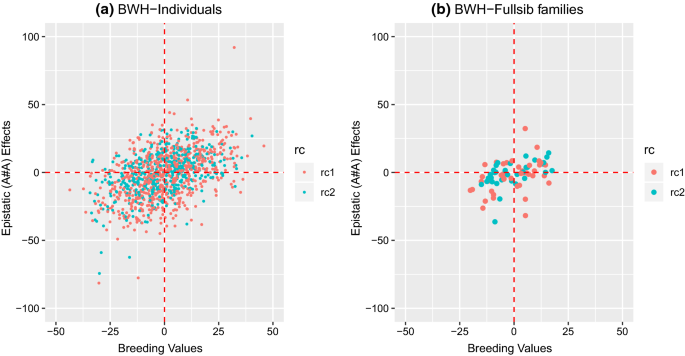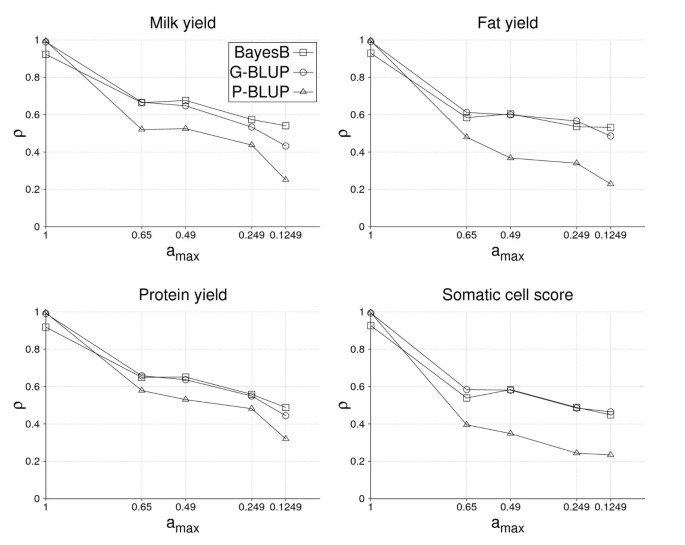

of California, Oakland, CA (United States) Sponsoring Org.: USDOE Office of Science (SC) OSTI Identifier: 1258157 Grant/Contract Number: AC02-05CH11231 Resource Type: Journal Article: Accepted Manuscript Journal Name: G3 Additional Journal Information: Journal Volume: 6 Journal Issue: 4 Journal ID: ISSN 2160-1836 Publisher: Genetics Society of America Country of Publication: United States Language: English Subject: 59 BASIC BIOLOGICAL SCIENCES genomic selection linkage disequilibrium exome capture bioenergy Panicum virgatum L GenPred shared data = , Research Service United States Department of Agriculture, Madison, WI, (United States) University of Wisconsin, Madison, WI, (United States).Grain, Forage, and Bioenergy Research Unit, Agricultural Research Service, United States Dept.


Department of Plant Biology Department of Energy Great Lakes Bioenergy Research Center

We evaluated prediction procedures that varied not only by learning schemes and prediction models, but also by the way the data were preprocessed to account for redundancy in marker information. Marker data were produced for the families’ parents by exome capture sequencing, generating up to 141,030 polymorphic markers with available genomic-location and annotation information. In this study, we empirically assessed prediction procedures for genomic selection in two different populations, consisting of 137 and 110 half-sib families of switchgrass, tested in two locations in the United States for three agronomic traits: dry matter yield, plant height, and heading date. Genomic selection (GS) is an attractive technology to generate rapid genetic gains in switchgrass, and meet the goals of a substantial displacement of petroleum use with biofuels in the near future. Switchgrass is a relatively high-yielding and environmentally sustainable biomass crop, but further genetic gains in biomass yield must be achieved to make it an economically viable bioenergy feedstock.


 0 kommentar(er)
0 kommentar(er)
